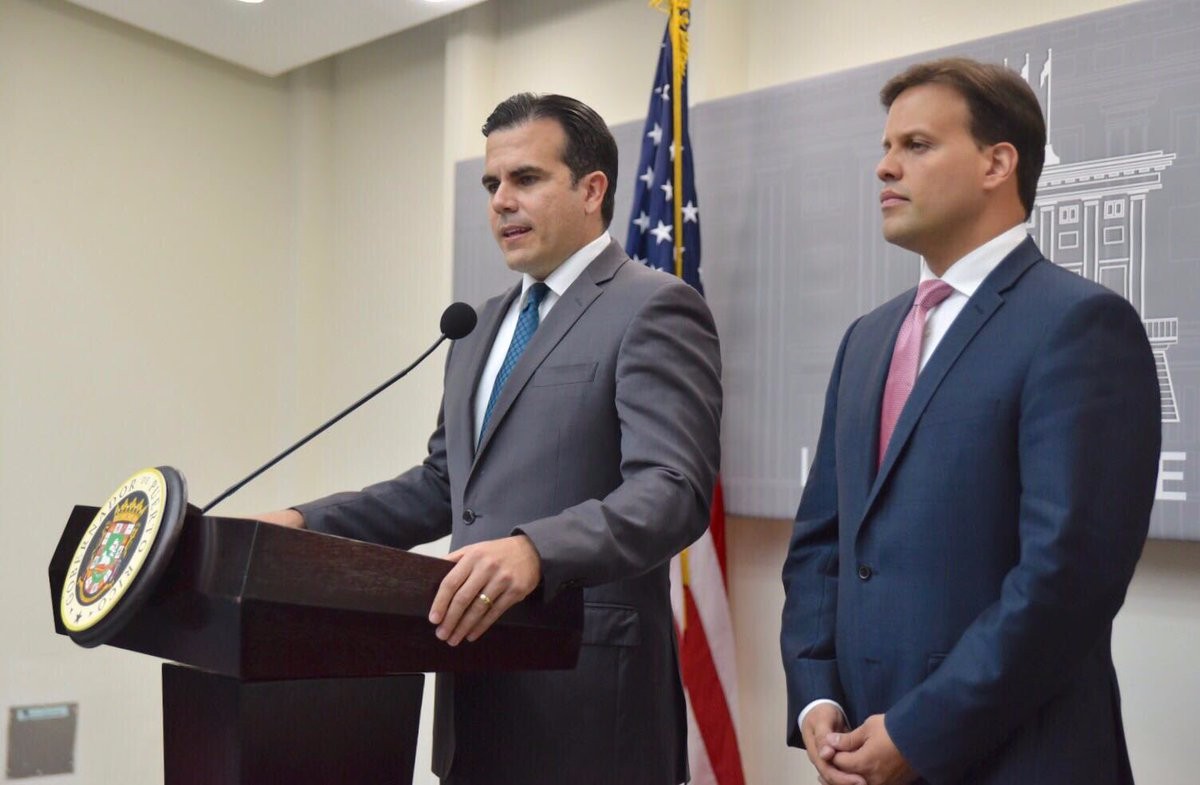
Puerto Rico’s Day in Court
The Fiscal Oversight and Management Board for Puerto Rico, created by Congress in 2016 as part of the PROMESA legislation, has used its most powerful tool in the territory’s ongoing debt crisis. In response to creditors’ lawsuits the Board and Governor Ricardo Rosselló are seeking court-ordered restructuring of approximately half of Puerto Rico’s outstanding debt.
This is not a typical bankruptcy proceeding. As a territory Puerto Rico is not eligible for the Chapter 9 bankruptcy protection available to state governments and their component localities. Instead, Title III of PROMESA established a unique legal process that sends the Puerto Rico case to a federal district judge of Chief Justice John Roberts’s choosing – Judge Laura Taylor Swain of the Southern District of New York. Judge Swain, appointed to the federal bench by President Bill Clinton, has experience with bankruptcy proceedings and other matters of finance, most notably presiding over the trial of employees charged with aiding Bernie Madoff’s notorious Ponzi scheme. The first hearing will be on May 17.
Puerto Rico’s Bankruptcy Shatters Records
When the hearing convenes the subject will dwarf the previous record for a municipal bankruptcy. The City of Detroit filed for bankruptcy in 2013 when it could not could not continue payments on more than $18 billion of debt and liabilities. Puerto Rico is seeking relief on more than $35 billion of general obligation debt belonging to the central government and special bonds issued by the Puerto Rico Sales Tax Financing Corporation.
The sales tax bonds, known as Cofinas after the issuing agency’s Spanish acronym, are a good example of the depth of Puerto Rico’s fiscal problems. They were first issued in 2006 to circumvent two constitutional provisions limiting the territorial government’s ability to take on more general obligation debt. First, the government’s borrowing capacity is restricted by a constitutional provision prohibiting the issuance of debt if annual debt payments were to exceed 15% of the government’s annual internal revenue. Second, the Puerto Rican constitution appears to give payments on general obligation debt priority in instances when government revenues cannot cover the full amount of appropriations. The cash-starved government could establish a dedicated revenue source to fund Cofina payments, thus removing the new creditors’ claims on the treasury’s direct obligations and perhaps also removing bondholders’ privileged claim on the treasury’s limited resources. Dispute about whether Cofina bondholders have access to the constitutional debt guarantee will figure heavily in the upcoming legal proceedings.
As the dispute with holders of general obligation and Cofina bonds is headed to court, one group of Puerto Rico’s creditors has already agreed to a debt restructure. PREPA, Puerto Rico’s troubled electric power utility, reached a new deal with bondholders to reduce its debt burden by 15%. PREPA will replace existing bonds with a new issue, extending maturity until July 2047 and deferring principal payments until 2023. The government of Puerto Rico claims that the debt service savings achieved through this deal could allow for a $90 annual reduction in PREPA customers’ electric bills. This is the only voluntary restructuring agreement that has been made between investor groups and a Puerto Rican institution, and once it has been approved by the Oversight Board it could serve as a model for other liabilities not included in the recent court filings.
Puerto Rico Needs Economic Growth
The economic conditions driving the Puerto Rican debt crisis are too deeply entrenched for the Oversight Board to fix alone. The decline of the exports and the manufacturing sector has been a drag on the overall Puerto Rican economy (inflation-adjusted GDP has declined every year since 2005). Outmigration continues to be one of the island’s biggest problems, with frustrated residents moving to the US mainland in search of better economic opportunity. The Jones Act of 1920 still restricts commercial shipping to Puerto Rico, burdening residents with artificially high prices for imported goods, most importantly including the petroleum that supplies the majority of the island’s electricity. The austerity demanded by the Board’s fiscal plan is already taking effect – cuts to the education budget will lead to the closure of 179 public schools by the end of May – but recovery will be deferred until major reforms and debt restructuring start to change the underlying issues.





